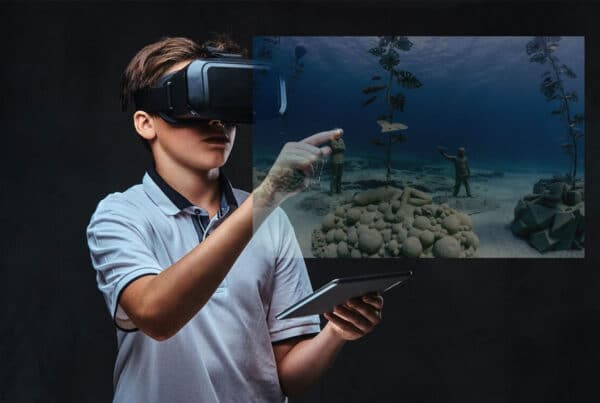
Introduction
In today’s digital landscape, online shopping has evolved significantly, driven by advancements in technology and changes in consumer behavior. One of the most innovative developments enhancing the online shopping experience is the use of 360-degree video tours. These immersive experiences allow customers to explore products and spaces in a dynamic way, transforming traditional e-commerce into engaging journeys. This article delves into how 360 video tours can improve customer experience for online shopping.
Enhanced Engagement and Interaction
360 video tours provide a unique opportunity for retailers to engage customers more effectively than static images or traditional videos. By allowing customers to navigate through a virtual store or view products from multiple angles, these tours create an interactive experience that keeps users engaged for longer periods. Studies indicate that virtual tours can increase website visitor engagement by 5 to 10 times compared to standard content formats. This heightened engagement translates into increased dwell times on websites, leading to higher conversion rates as customers feel more connected to the products they are considering.
Immersive Product Exploration
The ability to explore products in a 360-degree format allows customers to examine items closely, simulating a physical shopping experience. Shoppers can rotate products, zoom in on details, and even visualize how items fit into their lives. This level of exploration reduces uncertainty and builds confidence in purchasing decisions, which is particularly crucial for high-value items like furniture or electronics. Moreover, integrating multimedia elements such as videos demonstrating product use within these tours further enriches the customer experience, making it more informative and enjoyable.
Building Trust and Transparency
Trust is a critical factor in online shopping. Customers often hesitate to make purchases without physically inspecting products first. 360 video tours help bridge this gap by providing a realistic preview of offerings, showcasing product quality and features transparently. For instance, retailers selling high-end goods can use virtual tours to highlight craftsmanship and materials, fostering trust and increasing the likelihood of sales. By demonstrating transparency through detailed explorations, businesses can enhance customer satisfaction and loyalty.
Increased Accessibility
One of the significant advantages of 360 video tours is their accessibility. Customers can explore stores or products from anywhere in the world at any time, removing geographical barriers that often limit traditional retail experiences. This feature is particularly beneficial for businesses looking to expand their reach beyond local markets. With a broader audience able to engage with their offerings, retailers can attract new customers and drive sales without the need for physical presence.
Competitive Advantage
As more businesses adopt virtual tour technology, those who implement it early can gain a competitive edge. By differentiating themselves from competitors who rely solely on traditional e-commerce methods, retailers can position themselves as innovative leaders in their industry. The integration of 360 video tours not only enhances customer engagement but also improves search engine optimization (SEO) rankings and overall online visibility. This strategic advantage can lead to increased traffic and sales conversions.
Cost-Effective Marketing Strategy
Incorporating 360 video tours into marketing strategies is also cost-effective. Unlike traditional advertising methods that require significant budgets for promotions, virtual tours provide a sustainable way to showcase products without ongoing costs. Once created, these immersive experiences can be updated easily to reflect changes in inventory or store layout, ensuring that content remains relevant and engaging over time.
Conclusion
The integration of 360 video tours into online shopping platforms represents a significant leap forward in enhancing customer experiences. By providing immersive engagement, facilitating detailed product exploration, building trust through transparency, increasing accessibility, offering competitive advantages, and serving as cost-effective marketing tools, these virtual experiences are reshaping the e-commerce landscape. As technology continues to evolve and consumer expectations rise, businesses that embrace 360 video tours will not only improve customer satisfaction but also drive growth in an increasingly digital marketplace.
Enhance your online store with immersive 360 video tours! Contact Virtually Anywhere today to discover how our cutting-edge technology can transform your customers’ shopping experience. By providing interactive, detailed product views, you can build trust, increase engagement, and boost sales. Don’t let your e-commerce platform fall behind—embrace the future of online shopping now!




